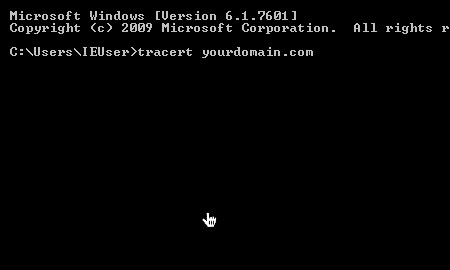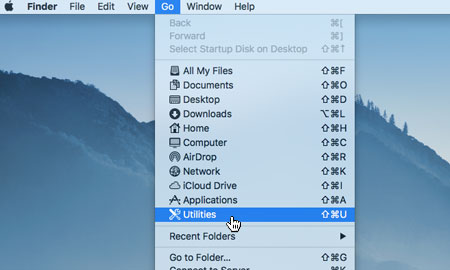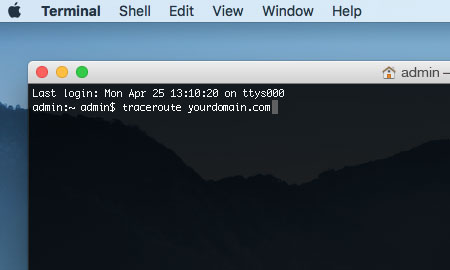Applies to:
Domains
Professional Hosting
Universal Hosting
Reseller Hosting
VPS Hosting
Dedicated Servers
WordPress Hosting
Difficulty:
Easy
Time Needed:
5 minutes
Contents
Introduction
This is a quick step-by-step guide to performing a traceroute command. Traceroutes are useful for determining if network issues are causing connection problems for you.
How to traceroute on Windows
STEP 1
Click on the ‘Start’ button
When running Windows, click on the start button (or the Widows icon), usually located at the bottom left of the screen.

STEP 2
Choose ‘All Apps’
On the start menu, choose ‘All Apps’ from the list of options. Then click on the option labelled ‘Windows System’.

STEP 3
Select ‘Run’
After you have clicked on ‘Windows System’, you will be presented with a list of applications. Choose ‘Run’ from the list of icons.

STEP 4
Run ‘cmd’
Then type the following into the text field:
cmd
Then click ‘OK’.

STEP 5
Run the command
This will bring up your command prompt. Simply enter the following to run a traceroute for a domain of choice, and hit enter.
tracecert yourdomain.com
Once you have run your command, the traceroute will begin. Each new line (or HOP) represents a different computer or network used to access the domain you have chosen to traceroute. On Each HOP there will be three durations (in milliseconds), along with the domain name of that device and its IP address. The more HOPs there are, the more routers the packet traveled through.

How to traceroute on OS X
STEP 1
Choose ‘Go’
When running OS X, click on the Finder icon, then choose ‘Go’ from the menu bar.

STEP 2
Open ‘Utilities’
From the drop down menu, select ‘Utilities’.

STEP 3
Select ‘Terminal’
This will then open the ‘Utilities’ settings. Locate the icon labelled ‘Terminal’, and double click on it.

STEP 4
Run the command
This will bring up your command prompt. Simply enter the following to run a traceroute for a domain of choice, and hit enter.
traceroute yourdomain.com
Once you have run your command, the traceroute will begin. Each new line (or HOP) represents a different computer or network used to access the domain you have chosen to traceroute. On Each HOP there will be three durations (in milliseconds), along with the domain name of that device and its IP address. The more HOPs there are, the more routers the packet traveled through.
